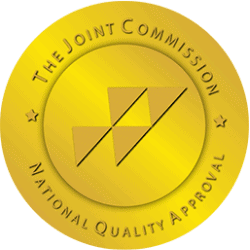Codeine Abuse
Is It Dangerous?
Medications are designed to soothe distress. When we’re ill or hurt, we pop open pill bottles to make our symptoms fade away. But some of the solutions we lean on to solve problems can create others in time. Consider codeine, one of the oldest medications used in modern medicine. When it’s given properly, it can make very ill people feel a whole lot better. But Codeine has been implicated in rising rates of drug use and addiction.
What Is Codeine?
How Does Codeine Addiction Begin?
What Does Codeine Abuse Look Like?
How Is Codeine Addiction Treated?

Codeine Addiction Treatment in West Palm Beach, FL


Dr. Alam is an internationally renowned psychiatrist with academic affiliations with Northwestern University and University of Illinois, Chicago where he completed his residency training. He has been a principal investigator for over forty studies and has been involved in research leading to the approval of most psychiatric medications currently on the market. He is the founder of the Neuroscience Research Institute which continues to conduct research on cutting edge medication and interventional psychiatry. Dr. Alam is a Distinguished Fellow of the American Psychiatric Association and the American Society of Addiction Medicine. He has won several awards and has been featured extensively on radio and television.




